Sodaman is an isometric, roguelike bullet heaven game following in the wake of hits like Vampire Survivors, albeit with several unique twists that help the title stand out in an increasingly crowded genre. A problem faced by most bullet heaven games is the relatively passive gameplay on offer, as players typically only control the character’s movement and little else. Sodaman takes things in a far more active direction, allowing players to manually aim, fire, and reload their weapons, along with the ability to dodge enemy attacks. With a suite of powerful soda upgrades, meta-progression, and action gameplay, Sodaman has proven to be a worthy bullet hell contender even in its Early Access state.
In an interview with Game Rant, Sodaman game designer Arif Can Üçer, pixel artist Asrın Sıla Şimşek, and concept artist Utku Karan Saat weighed in on the team’s approach to this unique sci fi bullet heaven. They spoke about its influences, the importance of manual control in Sodaman, the game’s artistic direction, and future plans for the indie game. This interview has been edited for brevity and clarity.
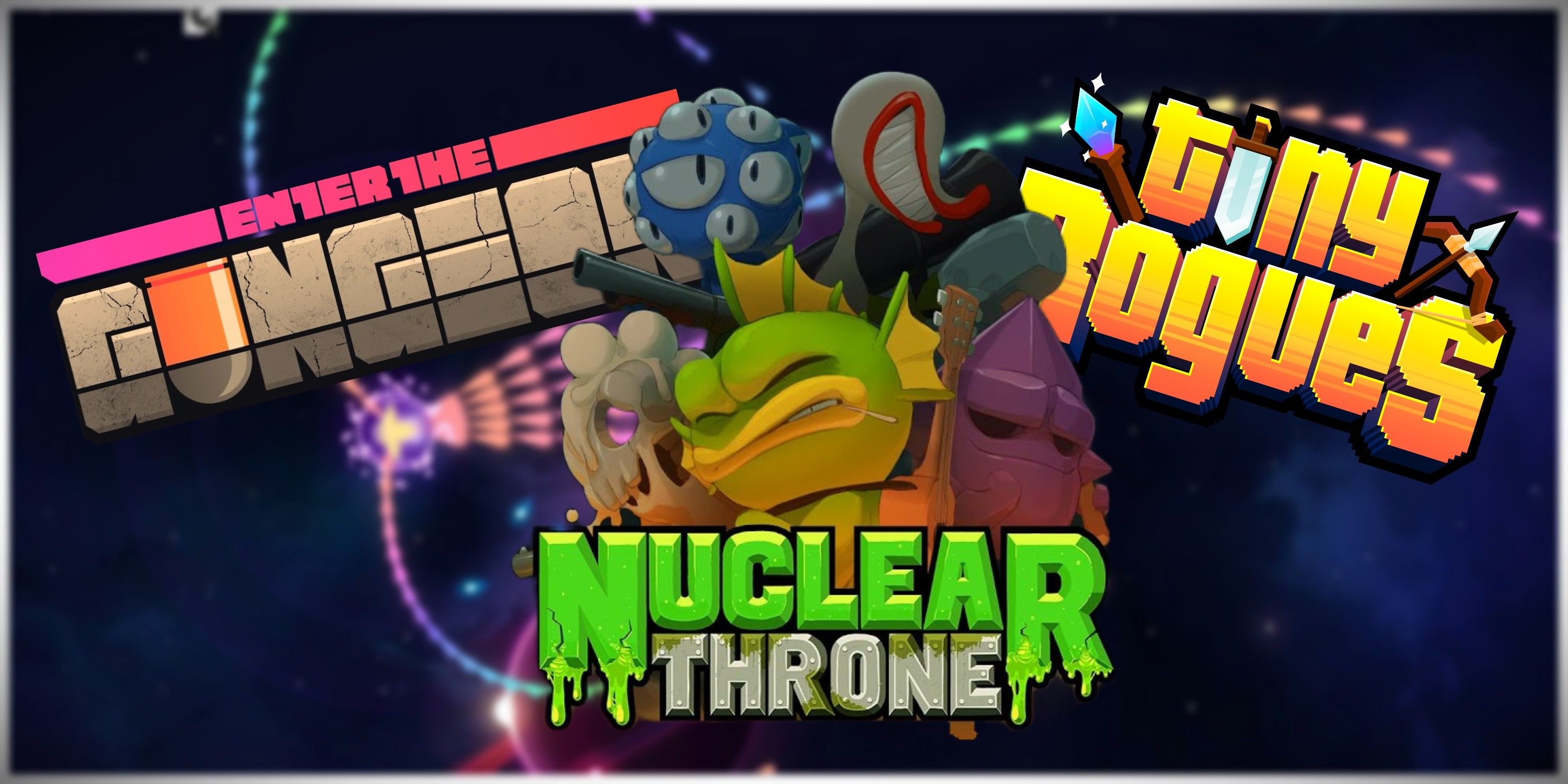
Related
Bullet Hell games are ideal for gamers who want to jump into some intense action. Here are the genre’s best games.
Coming Up With the Concept of Sodaman
Q: A character who draws power from drinking soda is an unusual concept. Can you talk about how that came to be?
Üçer: I’m the guy who created Sodaman and the team behind it. The idea started when I was trying to quit smoking. At the time, I started drinking soda too much as a way to replace smoking—it made quitting easier for me. But then, I became addicted to soda. For a few months, I was drinking five or six, maybe even more, sodas a day.
While this was happening, I was learning game development, and I thought it would be fun to create a character who gains his powers from soda. That’s how Sodaman came to life.
Q: In the early days, what were some of the core ideas you established for the game straight away?
Saat: We basically wanted to create an 80s-style American action movie hero—someone who’s a big, tough commander, a womanizer, and has that over-the-top, larger-than-life vibe, kind of like characters in Rambo or Die Hard. That was one of our core principles when we first created Sodaman.
Story-wise and gameplay-wise, we wanted the main character to have four related problems, but a lot of things changed throughout development. Not many of the original action ideas or core concepts made it to the final product. But, despite all the changes, our core team is still here.
Q: Could you talk about some of those things that changed? What used to be in the game that no longer is?
Üçer: First, we wanted to combine the Vampire Survivors and Hades-like upgrade systems. Initially, we tried mixing the Hades-style upgrade system with more of an auto-battler tag system, similar to Teamfight Tactics. In this system, sodas had tags like “sugar” or something else, and players were supposed to mix these tags to create synergies between sodas. However, this mechanic didn’t work well, and players didn’t enjoy it. So, we decided to drop it and switch to something more like the Dead Cells-style system, with soda slots and the Hades-like upgrade system.
Saat: Cybernetics has been part of the concept almost from the start because we knew we wanted to create a cyberpunk universe. We wanted that cyberpunk vibe, especially since I, as the main illustrator of the game, really enjoy creating cyberpunk-style visuals. I’m a huge fan of the genre, and I’m best at doing that kind of artwork. So, cybernetics and the team’s cyberpunk influence were established early on.
Q: Can you talk about your approach to the game’s vibrant, cyberpunk art style?
Saat: I joined the team a bit later than Arif and Asrın, who were there from the beginning. They started the project as a passion project, and we didn’t intend for it to become as big as it is now. When I joined, the whole sci-fi and ’80s action movie vibe was already established, but I’ve always been into cyberpunk and that kind of aesthetic. They saw that I was really good at it, so they suggested I work on what I’m best at, and we could integrate it into the project easily. It seemed like a good design choice, and since then, we’ve leaned more into a cyberpunk universe both in design and in pixel art. I can explain more about the pixel art if you’d like.
Şimşek: With the pixel art, at first, we were planning to focus more on a sci-fi environment, but when Utku joined us, we shifted a lot of things towards a cyberpunk theme. I started using more colorful palettes, and Utku was really helpful in that process. I hadn’t worked on cyberpunk designs before, so I wasn’t entirely comfortable with it at first. But during the project, I really pushed myself to do my best and adapt to the cyberpunk style.
Q: Is pixel art something you normally do, or was there a learning curve?
Şimşek: In this project, I actually started doing pixel art professionally. Before this, I had worked on a few smaller pixel art games, but this was the first time I really dove into it at a professional level. It was a big step for me, and I’ve learned a lot throughout the process. I’m mainly a software engineer.
Saat: I’m the only not technically inclined person on the team. We’ve got three engineers, and then there is me.
Q: Earlier, you mentioned synergies, which are huge in this game. How do you come up with all the synergies between sodas and upgrades? Do they come about by accident, or do you plan around them?
Üçer: It’s a mix of both. Some synergies I created intentionally, trying to make them work together, but others just came about unintentionally as we added new cards, augments, and sodas. It’s hard to plan every synergy perfectly because there are so many combinations happening, and you can’t always predict what players will do with all those cards and augments. So, some synergies were planned, while others just evolved naturally as we went along.
Q: How did you approach the different soda colors and elements, deciding which elements should or should not be featured in the game?
Üçer: We took inspiration from a lot of games that use systems like toxic and lightning. For example, Warframe uses a similar system, and Hades also incorporates these kinds of elements. Many games use elemental systems like fire, lightning, water, etc., so we didn’t overthink it too much. We just embraced these familiar elements because they’re common in a lot of games. Maybe it’s also about how these colors and soda themes fit within the world and how they complement the game’s art style.
Saat: It was basically a lot of pain, blood, and sweat coming up with all the names, lines, and designs for the sodas and stores. You need to make them fun, sometimes include references, and make sure they fit the context of their color and skills. One of the toughest parts for me was designing the sodas because I had to come up with a name and a design and make sure it all aligned with what the soda does in the game.
At the same time, it was a fun process because I had the freedom to be creative with them. We have a lot of sodas now, and I’m sure I’ve created over 100, though I’m not sure how many are in the game. I didn’t keep track, but it was definitely fun.
Q: Sodaman recently hit Early Access. Has there been any feedback from players that has been particularly helpful in guiding you on the next steps?
Üçer: Of course. First of all, a lot of players reached out saying the game is too hard right now, and there’s a bit of a lack of meta progression, which many players have pointed out. We’re working on addressing these issues. We just released our first regular Early Access patch yesterday, so now we’re focused on adding more content to the game, like new sodas, new cards, and augments. We’re also prioritizing adding new meta-progression systems based on player feedback.
I really appreciated the recent addition of gun upgrades; it added a lot of progression and helped me win some runs.
Üçer: Thank you. Lots of players said, “Why can’t we upgrade the guns?” and we moved quickly to add that feature.
Q: Speaking of guns, a lot of games like Vampire Survivors don’t give you immediate control of the weapon, but Sodaman lets you aim and reload manually. Was that characteristic always the plan? Did you want to stand out in that way?
Üçer: Yeah, that was the plan from day one. We started developing Sodaman about two years ago, around the time when bullet heavens were becoming popular, like Vampire Survivors. It was still in its early days back then, maybe with just one or two more games following that style.
In these games, you just walk around, and you don’t really need to aim, shoot, use skills, or dash. But for Sodaman, we wanted to make the bullet heaven genre more active for the player. Something like Enter the Gungeon—not as hard as Enter the Gungeon or Hades, but still gives the player more control over the game. Of course, you can always play with auto-aim and auto-shoot enabled, just moving and dashing. I think a lot of players play the game with those features on.
For some builds, it’s actually better to play without auto-aim and auto-shoot enabled. For example, with snipers, you need to line up enemies to take advantage of piercing shots. So, it really depends on the build you’re going for and the strategy you want to use.
Sodaman’s Builds and Boss Design
Q: On the topic of builds, did that factor into your approach to enemy and boss design? Ensuring that bosses could counter the build players might approach them with?
Saat: We designed the enemies with a different approach compared to many other Vampire Survivors-like games. In those games, enemies usually just deal damage by touching the player. We didn’t want that. We wanted the enemies to have attack animations so that the player could actively avoid them, giving more control and involvement in the gameplay. So, most of the enemy designs, like their attack patterns and behaviors, were made with these parameters in mind. We still wanted the enemies to be challenging, but we wanted the player to feel like they have control over their actions, not just relying on auto-aim and auto-shoot. I think Arif could explain it better, but that was the goal.
Üçer: We want the boss fights to feel similar to those in bullet hell games like Enter the Gungeon, but not as difficult as the bosses in those games. It’s like a lighter version of that experience. We understand that many players play these games while doing something else, like watching a video on a second screen, so we want the bosses to be a bit more challenging than the bosses in typical bullet hell games, but not as intense as those in Enter the Gungeon or similar games. It’s all about finding the right balance.
Q: We’ve touched on this a bit, but looking at the broader bullet heaven genre, are there things you wish you saw in other games that you get to do in Sodaman?
Saat: We didn’t want our game to take itself too seriously. These days, a lot of games feel like they take themselves way too seriously, and we wanted to break away from that. The main character and story in our game are intentionally silly. The plot revolves around a guy who’s a soda addict and gains powers from drinking soda. Why’s he back from retirement? Because soda’s all risky now. It’s a fun and light-hearted approach, which you don’t see a lot of anymore, especially in games like Vampire Survivors or Dead Cells. Most of the prominent games in this genre have darker, more serious stories. We wanted to do something different, something more fun and ridiculous.
Q: Many bullet heaven games lack a narrative component, while Sodaman tells a story. What was your approach to Sodaman’s narrative? How did you plan it out, and what kind of story did you want to tell?
Üçer: We wanted to add some narrative to Sodaman because a lot of bullet heaven games don’t really include a story or narrative elements. But at the same time, we didn’t want to force the narrative onto players or make them feel like they have to read a bunch of text or talk to NPCs. We just added the narrative because we had fun doing it, and we’ll continue to add more story elements at full release, with more text and lore to unlock as you play. It’s not our main focus, but it’s something we enjoy working on and we think players will appreciate it.
Q: What do you each feel has been most challenging about your work on Sodaman?
Şimşek: First of all, in my department, we actually redesigned the game’s look maybe three or four times, and each asset was redrawn. There’s no issue with drawing them, but since every animation is drawn frame by frame in pixel art, it took a long time to reanimate the characters and creatures. I think this was the most challenging part of the project.
Üçer: I can say that decision-making about the game design topics was challenging because, you know, it’s our first game, and it’s hard to decide which mechanics should stay in the game and which ones should be removed.
Saat: Besides the sodas, I think the hardest thing for me was turning my passion and hobby into a full-time job, doing it in a professional manner. That was a big challenge for me, aside from the actual work itself.
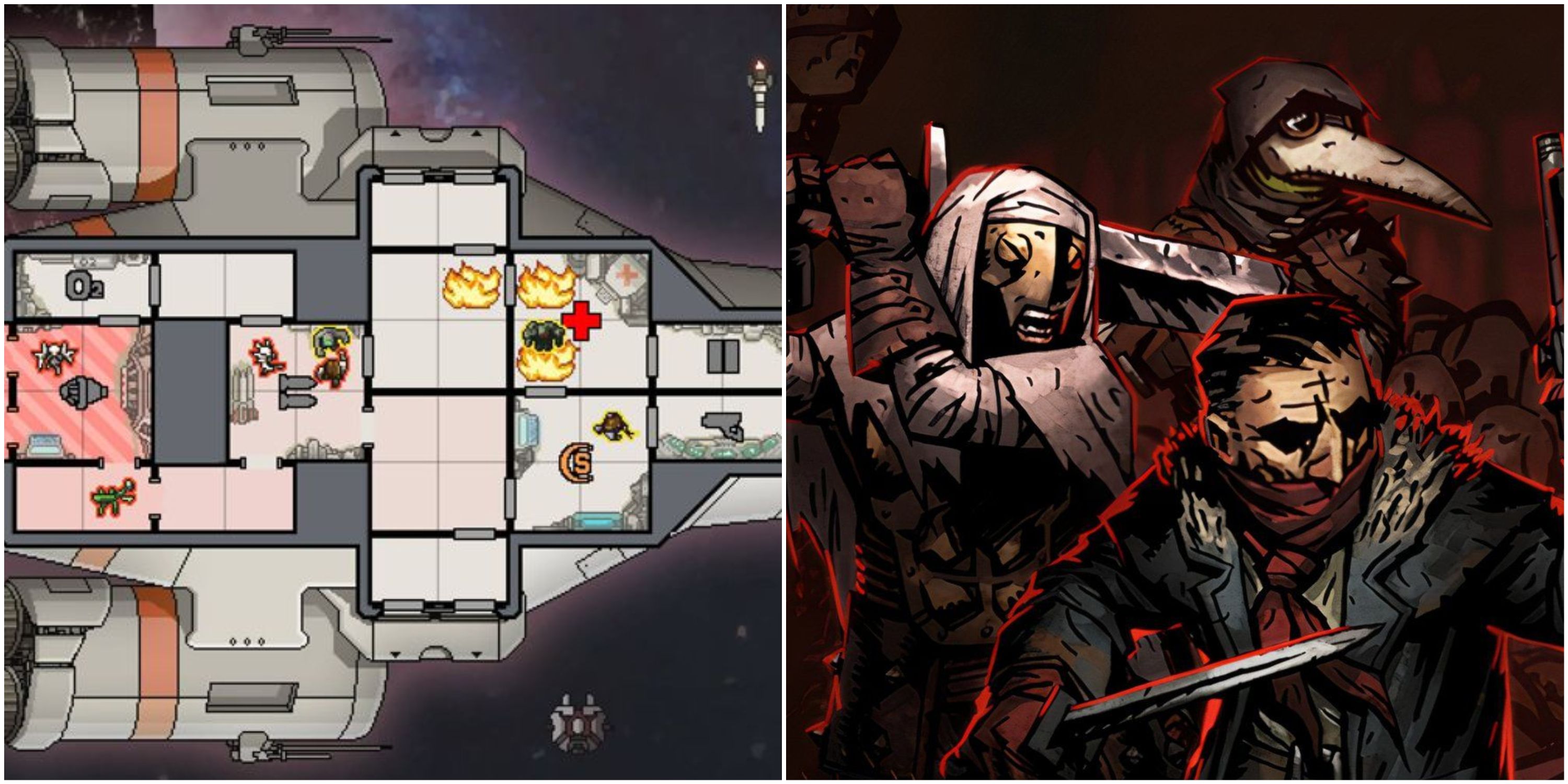
Related
8 Roguelike Games With The Best Strategic Combat, Ranked
Players with a mind for strategy and a passion for roguelike games will no doubt find their new obsession in these games.
Q: What kinds of games do you guys tend to play when you’re not working on Sodaman? Do they influence you in its development?
Saat: I’m actually a big fan of not just Vampire Survivors-like games, but also roguelikes and twin-stick shooters. I’ve always enjoyed those types of games, and when I started, my biggest inspiration was actually Synthetik—I really loved that game. I probably have at least 200 hours in it. Besides that, I’ve been into CRPGs lately, and I’m currently playing Rogue Trader. But overall, I’ve been really focused on implementation because that’s been my main role.
I love Synthetik, too. I’ve never seen a top-down game where you can perform headshots.
Saat: Its soundtrack was one of the biggest inspirations for us, actually.
Üçer: I’m playing lots of roguelikes, like Enter the Gungeon and Hades, and I enjoy other bullet hell games too, such as Vampire Survivors and 20 Minutes Till Dawn. House of Torment is one of my favorite Souls-style games, and of course, Dead Must Die, Balatro, and Slay the Spire. I’m playing pretty much all the roguelikes that come out, and I can say I’m a big fan of Warcraft III from my childhood. I probably played a couple of thousand hours, and I even made fun custom maps for it. I still play it today, and many modern games are taking inspiration from those old Warcraft III modes. I still enjoy Warcraft III, and I also like CRPGs like Baldur’s Gate and Pillars of Eternity.
Şimşek: Actually, I don’t play games that much. In this area, I didn’t know much at all, but when Arif told me the story of the game, I was like, “Okay, I’m in.” That’s all it took.
Q: How did you decide which weapons to include and what their capabilities should be?
Üçer: Utku first sketched up some guns, and then I worked on creating mechanics, passives, and stats for them. We started with classic weapons like shotguns, rifles, and pistols—pretty much the same guns used in most games. But in later patches, we’re planning to add more exotic weapons, like crossbows, and maybe even melee weapons. We’re not sure yet, but we’re definitely working on it.
Saat: We already had to cut down on some ideas because I’m a weeb. There are a lot of anime references hidden throughout the game. If someone can find all of them, I’ll be impressed.
Q: Are there any anime in particular that inspired you with the references?
Saat: In general, I’d say Ghost in the Shell—one of my all-time favorites. Also, Akira—I’m actually using my Akira manga to prop up my iPad right now. Like I said, I’m a huge sucker for the cyberpunk genre.
Q: Can you talk about your future plans for the game? I know you mentioned new weapons are being worked on.
Üçer: Like I said before, new cards, new sodas, and new augments will come first, but not right now. We’re focusing on a new system for our guns. I can’t describe it fully yet, but I can say we’re working on adding a gun modification system. It’s going to be pretty deep. Also, we’ll be adding new planets, starting with the third one.
We’re planning to add more meta progression mechanics, like skill trees, of course, and maybe leveling up for augmentations and guns as well.
Q: Earlier, you mentioned some players felt the game was too hard. What was your approach to difficulty? Did you want the game to feel a bit more challenging?
Üçer: Yes, we want the game to be harder than other bullet heavens, but maybe not that hard. It’s because my friends and I have been playtesting Sodaman all the time, so we’ve gotten used to the game and know what’s powerful, what’s not, and the best synergies to beat it. So it started feeling easier to us, and we thought it wasn’t hard enough. But when we released it, people said it’s too hard to beat right now. The base game is definitely meant to be challenging, but the lack of meta progression is making it harder than it should be.
Q: How did you approach the game’s enemy variety? What aspects are you looking at when designing each enemy type?
Saat: For the crystals, we wanted them to be your basic enemy — the ones you encounter the most. So they needed to feel really satisfying to kill. We brainstormed a lot of ideas, like how skeletons in other games make that satisfying sound when you kill them. We had to figure out how to translate that into a sci-fi and alien setting. That’s how we landed on the crystal idea — honestly, they’re there because they look cool.
Most of the thought process was along the lines of, “Yeah, this looks good.” We also considered more demonic-looking aliens, like Alien-style designs. The robotic and insectoid enemies mostly came from my personal interest in drawing robots and that kind of stuff. The design of the crystalloid enemies was a collaborative effort between me, Arif, and the rest of the team. We’d brainstorm, come up with ideas, and work out attack patterns together. Sometimes I’d design a creature and then figure out an attack pattern for it, or vice versa — we’d just build it out from there.
Üçer: For the hedgehogs, we wanted to create an enemy that doesn’t just dive straight at the player but instead circles around them. And yeah, I play League — I like playing Rammus — so that was definitely an inspiration. I thought it’d be cool to have a hedgehog enemy that rolls around the player and damages them if they get too close.
Q: You mentioned how you’re all pretty good at the game and know the best synergies. Can you talk about some of your favorites? Ones where you know this will be a good run?
Üçer: I like lightning with purple and blue sodas, and I also like playing with green cards.
Saat: I really like the smite ones with yellow sodas.
Şimşek: I like playing red and purple, but I don’t play much. I mostly just do the drawing.
Q: Any last thoughts you’d like to share?
Üçer: We’ll continue to keep improving the game and update Sodaman regularly. That’s it for me!
[END]






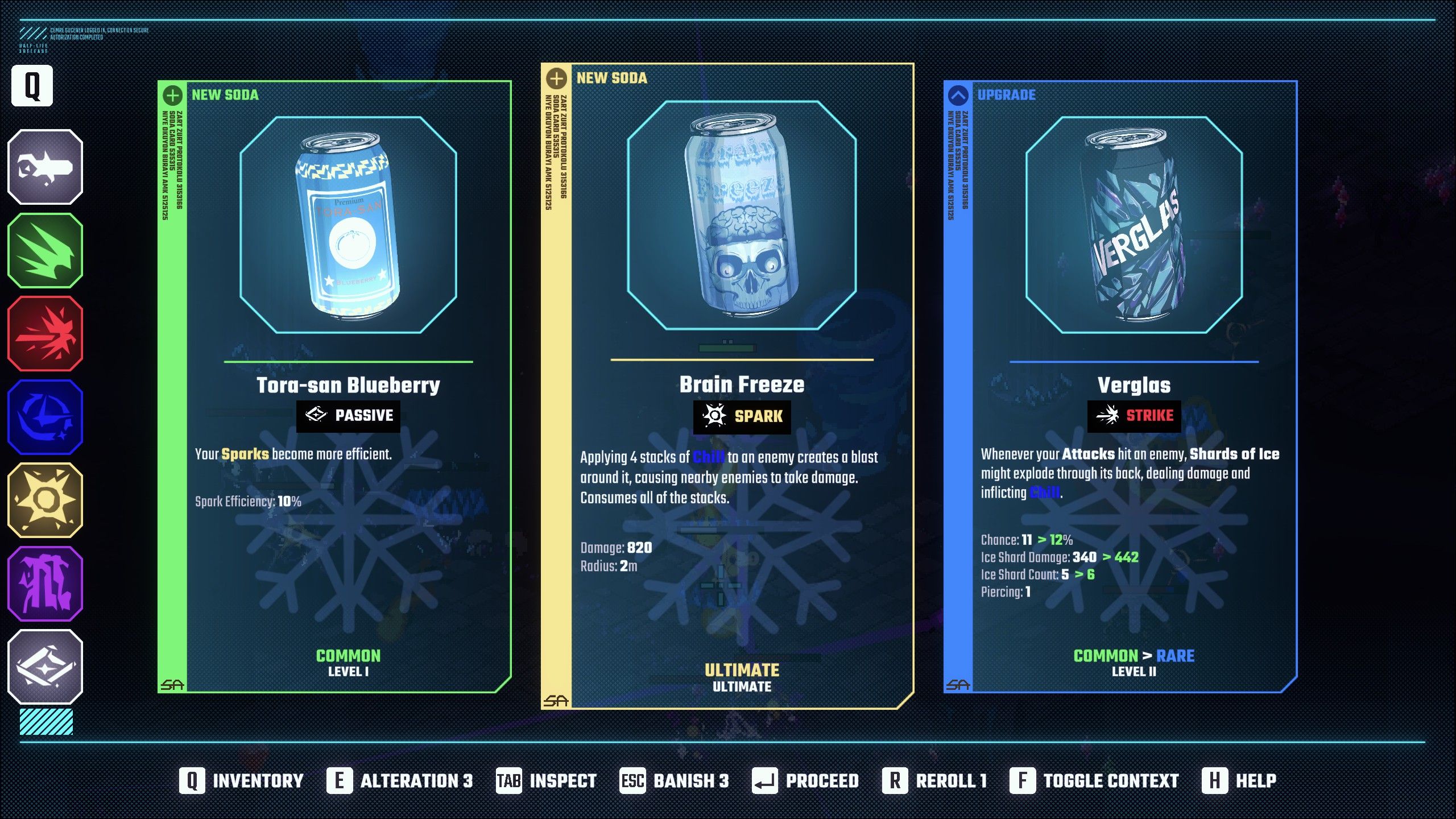








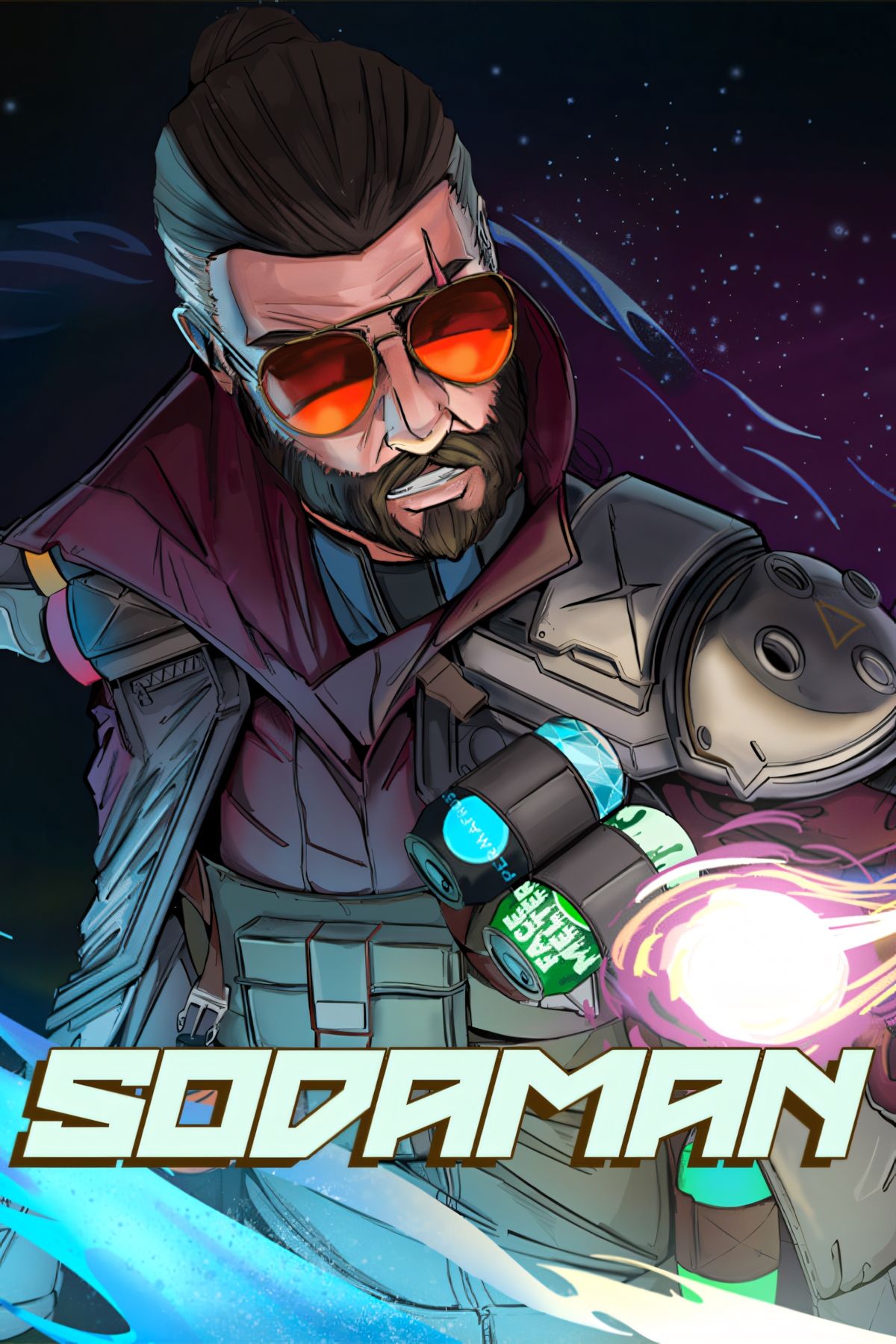

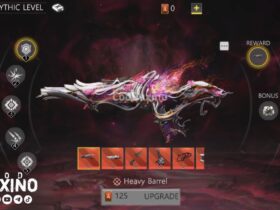









Leave a Reply